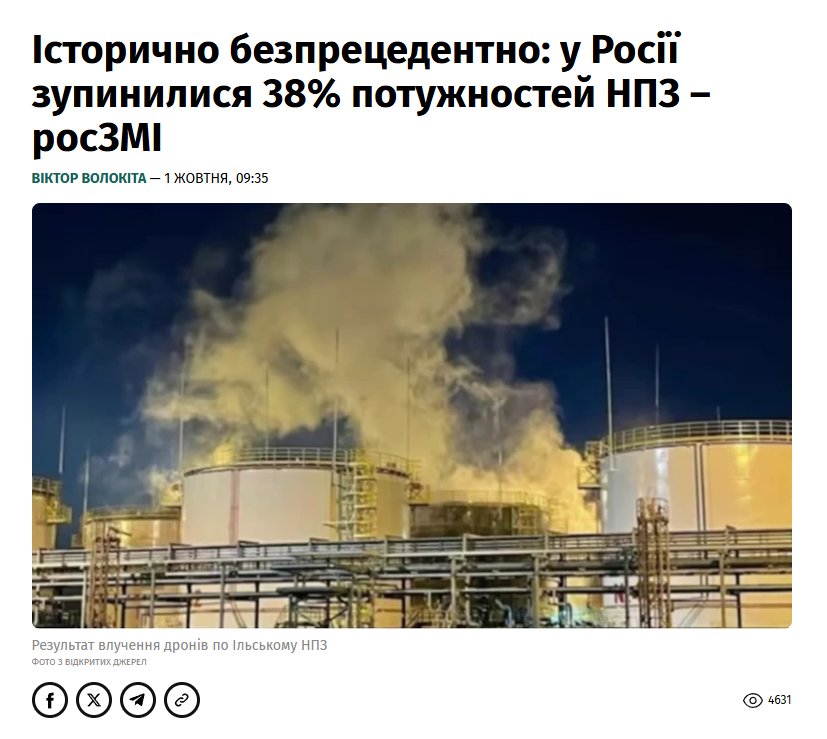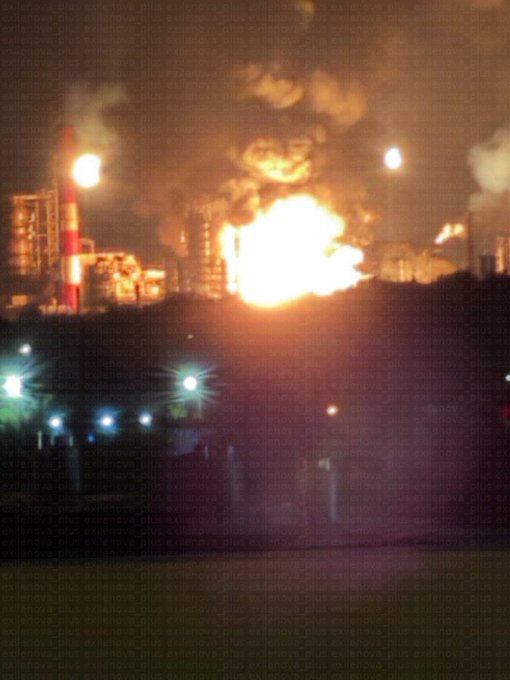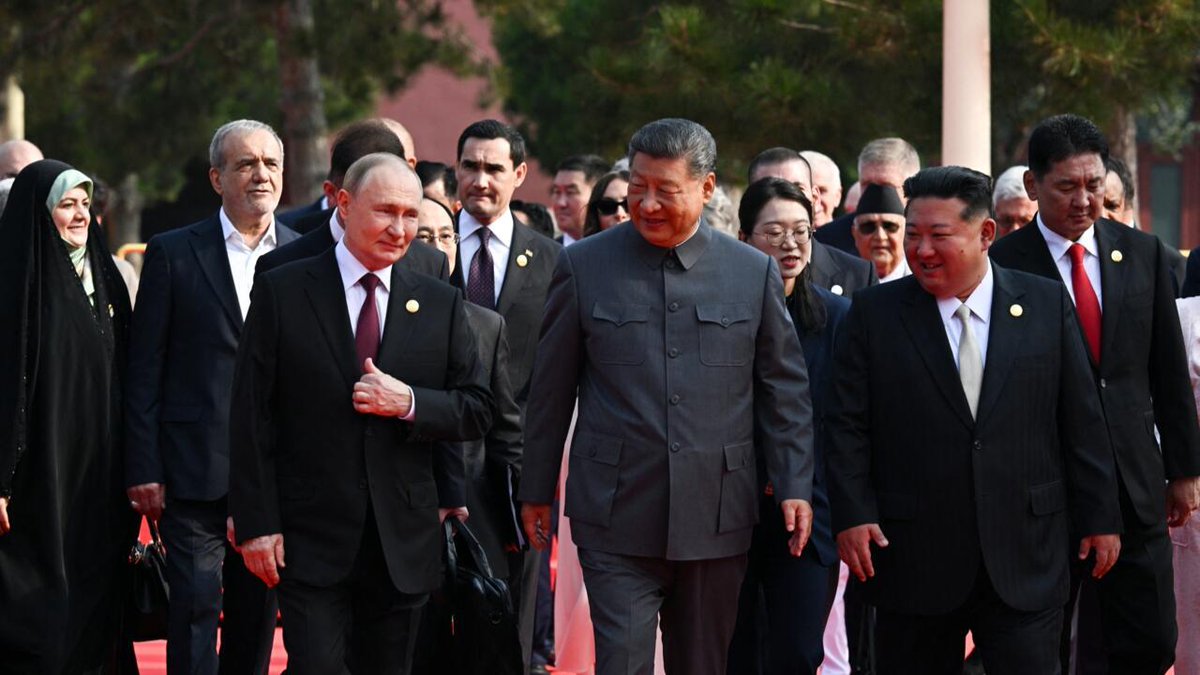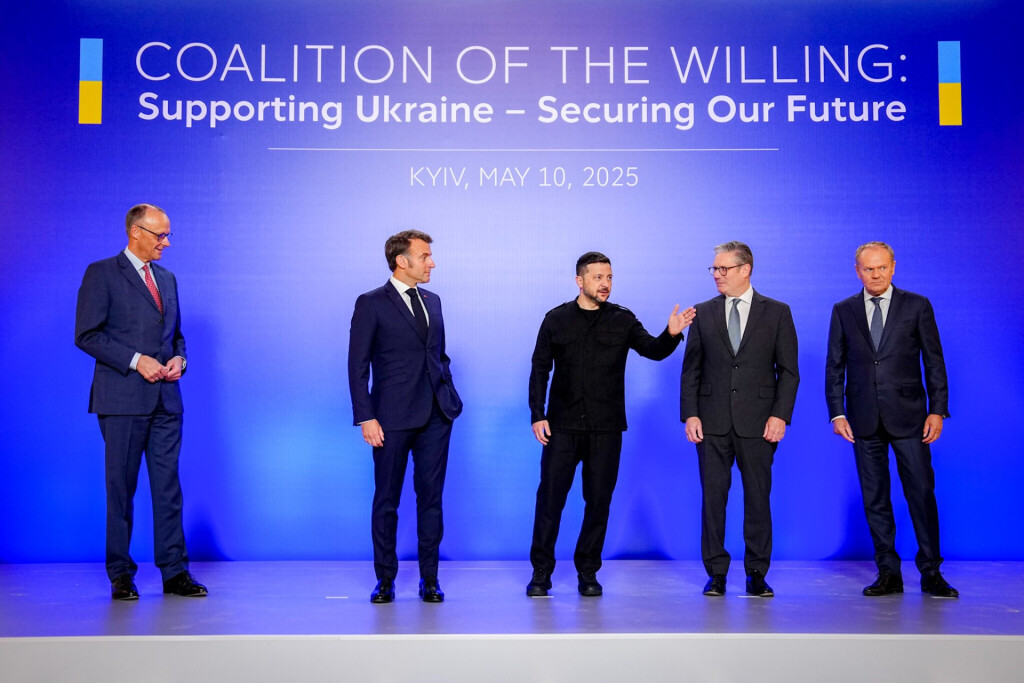Short summary of the night (13.10.2023 01.55 Ro/UA time):
1. #Avdiivka, because everyone asks me about this sector and are scared. From the visually confirmed losses, the Russians lost in 48 hours like this (thank you @AndrewPerpetua for your analysis):
- 15 x tanks (we have enough for everyone: T-90M, T-80V, T-80VM, T-72, T-72B, T-72B3M, T-62M) We were still missing T-55 and we had them all on the list since WWII.
- 30 x APC/IFV (and here we have everything: MT-LB, MT-LBT, BMP-1, BMP-2, BMP-3, BMD-2, BTR and others)
- 14 x artillery and MSLR (all for all of us here too: D-20, D-30, 2S5 Giatsint, Giatsint-B, 2S7 Pion (!!!), Msta-B, Msta-S, Grad MSLR)
- Russian human losses amount to almost 1000.
- The Russian southern attack was a total failure. From the north they advanced in some areas 200 meters or in others 300 meters.
- The losses are even higher higher than at the shameful Vuhledar - Russian Winter Offensive and even higher than the losses of last summer's laughing stunt with the crossing over Siversky Donets, when the Russians lost an entire BTG (Battalion Tactical Group), the formula used then for naming battle groups (they have since changed tactics and organization).
Personal opinion: for those who don't know where Avdiivka is, look it up on maps. It's a suburb of Donetsk, the capital of Donetsk Oblast. This town of about 32,000 inhabitants before the war, has been under constant attack since: (WARNING!) 2014! It is truly a fortress. Since 24 February it has been constantly bombed, and now (meaning at the time of writing) the town with 3,000 inhabitants in it is being bombed with phosphorus bombs.
It is absolutely incredible and almost unimaginable how the Russians put zero value on their troops, attacking totally disorganized and senselessly in an attempt to encircle the fortress town on the edge of Donetsk. The disregard for the lives of those men in every single armoured vehicle, the hundreds of infantrymen simply pulverised by Ukrainian artillery shows me that those who run the Russian Army not only don't care, but indicate to me that they have a sense of contempt for the lives of those they lead.
As I wrote in yesterday's analysis, one of the reasons for the slowdown of the Ukrainian counter-offensive in the Orihiv-Tokmak area is precisely the valuing of soldiers' lives. The Ukrainians understand better, at least that is what they have shown us for years, that life is the most important and they sacrifice the "war show" for the global audience.
2. Bakhmut:
For those who haven't heard yet, the legendary 92nd Kholodnyi Yar Brigade is back in the Bakhmut Theater of Operations. Alongside the legendary Separate Assault Brigade Azov 3. In the south, the AFU is advancing towards Opytne and into Kurdyumivka.
Personal Opinion: seeing that 93 has entered and is not rotating Assault Azov 3 indicates to me that the Russians will have a very hard time holding the southern flank. Harder and harder.
I'm also leaving a picture of a Ukrainian soldier (for those who don't know) interviewed in the trenches last year, expounding his opinion of the Russian Army in general.
Any retweet, like and comment is apreciated!
Slava Ukraini!

1. #Avdiivka, because everyone asks me about this sector and are scared. From the visually confirmed losses, the Russians lost in 48 hours like this (thank you @AndrewPerpetua for your analysis):
- 15 x tanks (we have enough for everyone: T-90M, T-80V, T-80VM, T-72, T-72B, T-72B3M, T-62M) We were still missing T-55 and we had them all on the list since WWII.
- 30 x APC/IFV (and here we have everything: MT-LB, MT-LBT, BMP-1, BMP-2, BMP-3, BMD-2, BTR and others)
- 14 x artillery and MSLR (all for all of us here too: D-20, D-30, 2S5 Giatsint, Giatsint-B, 2S7 Pion (!!!), Msta-B, Msta-S, Grad MSLR)
- Russian human losses amount to almost 1000.
- The Russian southern attack was a total failure. From the north they advanced in some areas 200 meters or in others 300 meters.
- The losses are even higher higher than at the shameful Vuhledar - Russian Winter Offensive and even higher than the losses of last summer's laughing stunt with the crossing over Siversky Donets, when the Russians lost an entire BTG (Battalion Tactical Group), the formula used then for naming battle groups (they have since changed tactics and organization).
Personal opinion: for those who don't know where Avdiivka is, look it up on maps. It's a suburb of Donetsk, the capital of Donetsk Oblast. This town of about 32,000 inhabitants before the war, has been under constant attack since: (WARNING!) 2014! It is truly a fortress. Since 24 February it has been constantly bombed, and now (meaning at the time of writing) the town with 3,000 inhabitants in it is being bombed with phosphorus bombs.
It is absolutely incredible and almost unimaginable how the Russians put zero value on their troops, attacking totally disorganized and senselessly in an attempt to encircle the fortress town on the edge of Donetsk. The disregard for the lives of those men in every single armoured vehicle, the hundreds of infantrymen simply pulverised by Ukrainian artillery shows me that those who run the Russian Army not only don't care, but indicate to me that they have a sense of contempt for the lives of those they lead.
As I wrote in yesterday's analysis, one of the reasons for the slowdown of the Ukrainian counter-offensive in the Orihiv-Tokmak area is precisely the valuing of soldiers' lives. The Ukrainians understand better, at least that is what they have shown us for years, that life is the most important and they sacrifice the "war show" for the global audience.
2. Bakhmut:
For those who haven't heard yet, the legendary 92nd Kholodnyi Yar Brigade is back in the Bakhmut Theater of Operations. Alongside the legendary Separate Assault Brigade Azov 3. In the south, the AFU is advancing towards Opytne and into Kurdyumivka.
Personal Opinion: seeing that 93 has entered and is not rotating Assault Azov 3 indicates to me that the Russians will have a very hard time holding the southern flank. Harder and harder.
I'm also leaving a picture of a Ukrainian soldier (for those who don't know) interviewed in the trenches last year, expounding his opinion of the Russian Army in general.
Any retweet, like and comment is apreciated!
Slava Ukraini!

• • •
Missing some Tweet in this thread? You can try to
force a refresh

















